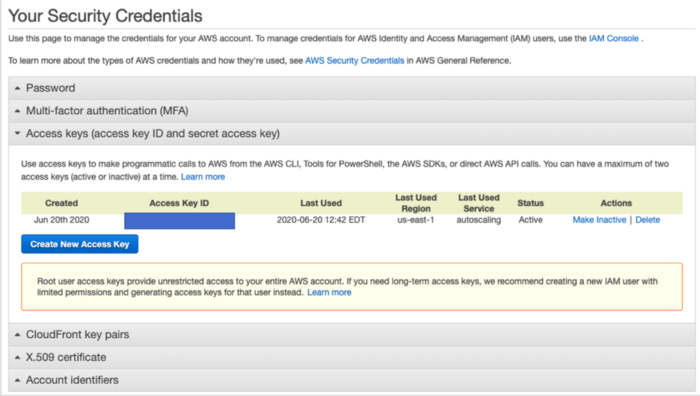

In DynamoDB, there is no query optimizer, and an index is simply another table with a different key (or two) that sits beside the original. They allow the DBMS to optimize queries under the hood and they do not improve query functionality. In the relational model, indices typically serve as "helper" data structures to supplement a table. The partition key is still used to determine which partition the item is stored in, but within each partition, items are sorted by the sort key. In this case, partition keys do not have to be unique they are paired with sort keys to make a unique identifier for each item. A primary key can also feature a second attribute, which DynamoDB calls the table's "sort key". A single-attribute primary key is known as the table's "partition key", which determines the partition that an item hashes to––more on partitioning below––so an ideal partition key has a uniform distribution over its range.

Primary keys must be scalar ( strings, numbers, or binary) and can take one of two forms. The only exception: when creating a table, a developer specifies a primary key, and the table requires a key for every item. In relational systems, however, an item features each table attribute (or juggles "null" and "unknown" values in their absence), DynamoDB items are schema-less. Amazon's next iteration of NoSQL technology, DynamoDB, automated these database management operations.Ī DynamoDB table features items that have attributes, some of which form a primary key.

While these systems had noticeable design flaws, they did not demand the overhead of provisioning hardware and scaling and re-partitioning data. Amazon's developers opted for "just works" design patterns with S3 and SimpleDB. Dynamo, it seemed, was everything their engineers needed, but adoption lagged. Ĭontent with compromising storage efficiency, Amazon's response was Dynamo: a highly available key–value store built for internal use. Many of Amazon's services demanded mostly primary-key reads on their data, and with speed a top priority, putting these pieces together was extremely taxing. The sacrifice: they stored a given "item" of data (e.g., the information pertaining to a product in a product database) over several relations, and it takes time to assemble disjoint parts for a query. This culminated during the 2004 holiday season, when several technologies failed under high traffic.Įngineers were normalizing these relational systems to reduce data redundancy, a design that optimizes for storage. Still, third-party relational database management systems struggled to handle Amazon's client base. When this became a bottleneck on engineering operations, services moved away from this direct access pattern in favor of public-facing APIs. Originally, services had direct access to each other's databases. Amazon began as a decentralized network of services. Werner Vogels, CTO at, provided a motivation for the project in his 2012 announcement.


 0 kommentar(er)
0 kommentar(er)
